Bianchini - Selected exercises in particle and nuclear physics
Here you can read online Bianchini - Selected exercises in particle and nuclear physics full text of the book (entire story) in english for free. Download pdf and epub, get meaning, cover and reviews about this ebook. City: Cham;Switzerland, year: 2018, publisher: Springer International Publishing, Cham, genre: Home and family. Description of the work, (preface) as well as reviews are available. Best literature library LitArk.com created for fans of good reading and offers a wide selection of genres:
Romance novel
Science fiction
Adventure
Detective
Science
History
Home and family
Prose
Art
Politics
Computer
Non-fiction
Religion
Business
Children
Humor
Choose a favorite category and find really read worthwhile books. Enjoy immersion in the world of imagination, feel the emotions of the characters or learn something new for yourself, make an fascinating discovery.
- Book:Selected exercises in particle and nuclear physics
- Author:
- Publisher:Springer International Publishing, Cham
- Genre:
- Year:2018
- City:Cham;Switzerland
- Rating:5 / 5
- Favourites:Add to favourites
- Your mark:
Selected exercises in particle and nuclear physics: summary, description and annotation
We offer to read an annotation, description, summary or preface (depends on what the author of the book "Selected exercises in particle and nuclear physics" wrote himself). If you haven't found the necessary information about the book — write in the comments, we will try to find it.
Bianchini: author's other books
Who wrote Selected exercises in particle and nuclear physics? Find out the surname, the name of the author of the book and a list of all author's works by series.


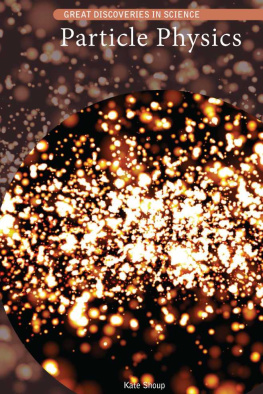
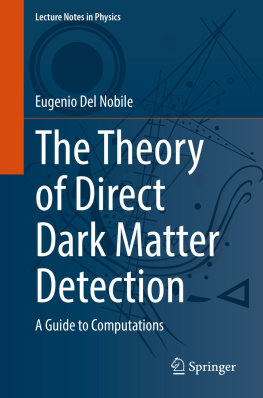
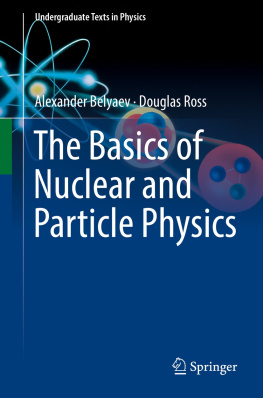
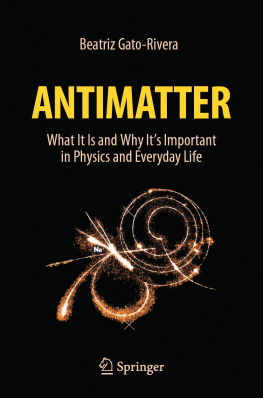
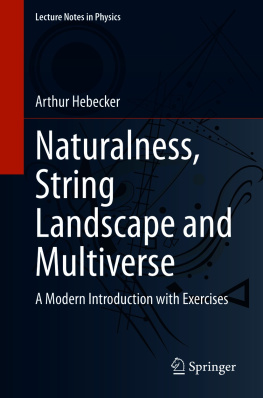
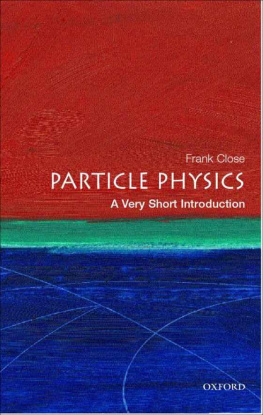
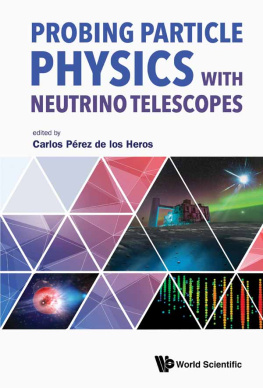
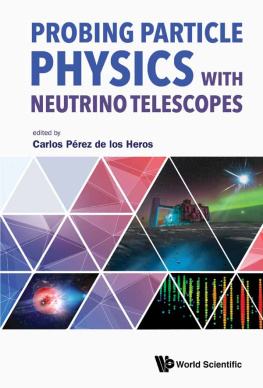
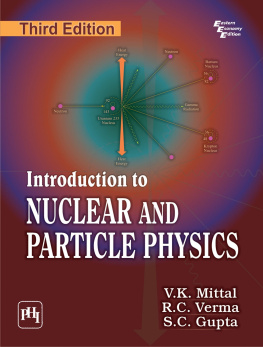

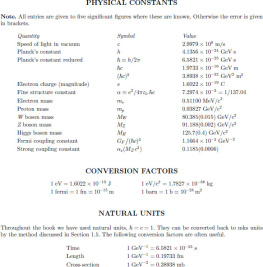
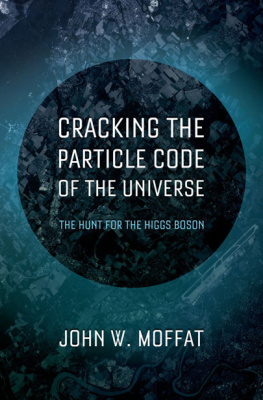
 of the new reference frame
of the new reference frame  as measured by an observed at rest in the initial reference frame
as measured by an observed at rest in the initial reference frame  , or, equivalently, by the dimensionless boost vector
, or, equivalently, by the dimensionless boost vector  . Rotations and boosts change both the four-momentum and the spin vector of a particle. Since these transformations form a group, it is possible to find a representation of each element in terms of square matrices acting on vector spaces: the four-dimensional space of four-vectors and the
. Rotations and boosts change both the four-momentum and the spin vector of a particle. Since these transformations form a group, it is possible to find a representation of each element in terms of square matrices acting on vector spaces: the four-dimensional space of four-vectors and the  -dimensional space of spin vectors for a particle of spin S .
-dimensional space of spin vectors for a particle of spin S . in endowed with the Minkowski norm defined by:
in endowed with the Minkowski norm defined by: 
 . By construction, the Lorentz transformations preserve the Minkowski norm of Eq. () provides an example.
. By construction, the Lorentz transformations preserve the Minkowski norm of Eq. () provides an example. , called four-momentum . For a particle of mass m , the four-momentum is subject to the mass-shell constraint:
, called four-momentum . For a particle of mass m , the four-momentum is subject to the mass-shell constraint: 

 matrix which transforms p into a new four-momentum
matrix which transforms p into a new four-momentum  . The boost vector defines a privileged direction in space, and indeed the transformation distinguishes between the component parallel (
. The boost vector defines a privileged direction in space, and indeed the transformation distinguishes between the component parallel (  ) and orthogonal (
) and orthogonal (  ) to
) to  . In terms of these two components, the generic boost transformation is given by:
. In terms of these two components, the generic boost transformation is given by: 
 and
and  . Notice that
. Notice that  is a function of
is a function of  , although the explicit dependence is often omitted in the calculations. The variables at the left-hand side of Eq. ().
, although the explicit dependence is often omitted in the calculations. The variables at the left-hand side of Eq. (). and that
and that  , the first of Eq. () can be equivalently written as:
, the first of Eq. () can be equivalently written as: 
 . Were not for the imaginary angle
. Were not for the imaginary angle  and the same-sign off-diagonal elements, Eq. () would be the transformation of a normal vector under a spatial rotation. The differences accounts for the fact that the transformation has to preserve the Minkowski norm
and the same-sign off-diagonal elements, Eq. () would be the transformation of a normal vector under a spatial rotation. The differences accounts for the fact that the transformation has to preserve the Minkowski norm  , and not the Euclidean norm
, and not the Euclidean norm  , as done by ordinary rotations.
, as done by ordinary rotations. and
and  in Eq. () are the parameters of a transformation, and should not be confused with the velocity and gamma-factor of a particle as measured in a given reference frame: the suffix
in Eq. () are the parameters of a transformation, and should not be confused with the velocity and gamma-factor of a particle as measured in a given reference frame: the suffix  in the latter thus reminds that these quantities are different from the boost parameters. However, when no such ambiguity can arise, the suffix can be safely dropped to simplify the notation.
in the latter thus reminds that these quantities are different from the boost parameters. However, when no such ambiguity can arise, the suffix can be safely dropped to simplify the notation.